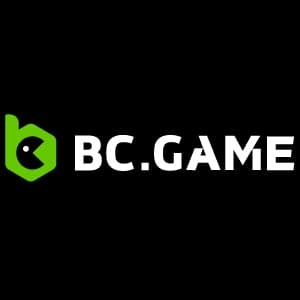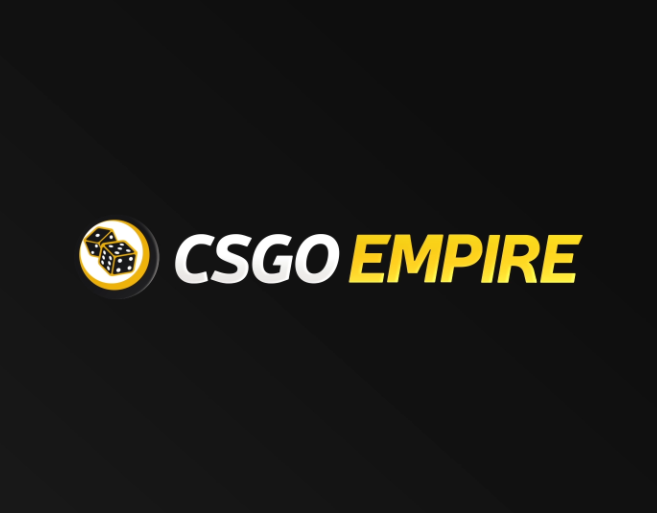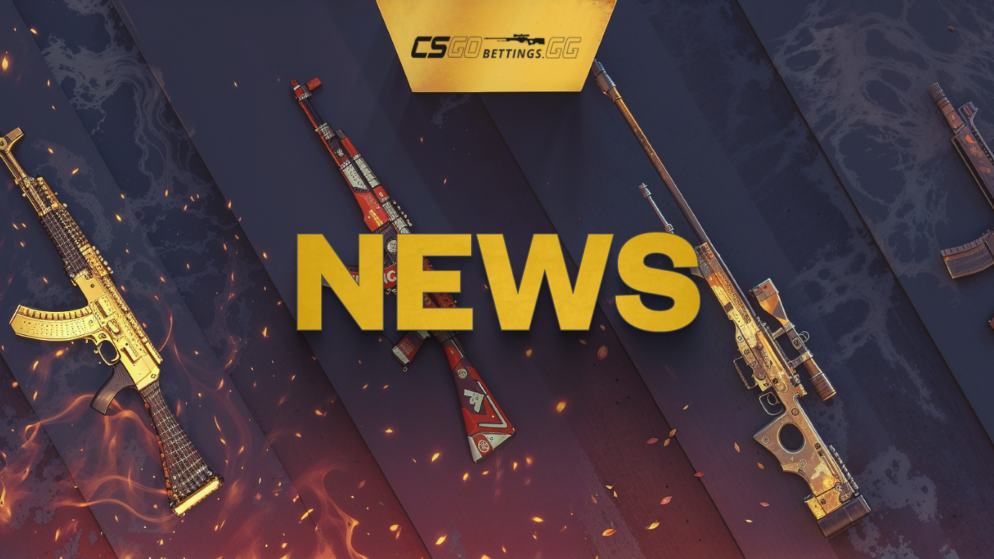
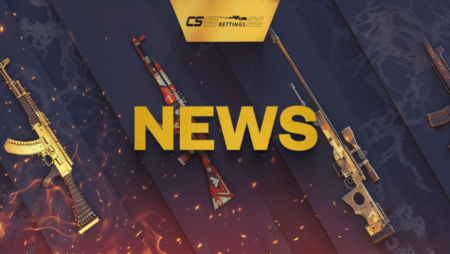
What Changed in August 2025 and Why It Matters
Valve updated the rotation of casual and deathmatch maps, adding multiple community-designed layouts to the public pool, including Tuscany, Seaside, Ember, Memento, and Point Source. These additions are not cosmetic. They reshape individual reflex loops, utility timing, and positional instincts that players carry into official matches especially at Tier‑2 and Tier‑3 levels.
Many riflers rely on deathmatch and mission maps for 60%+ of their individual warmup. When the geometry of training environments changes, so does subconscious behavior. For traders, this affects how early-round structure manifests often before models can adjust.
How These Maps Transfer Into Live Matches
Casual maps don’t affect meta directly. But they reprogram pre-aim positions, delay logic, and angle expectations. For example, Memento’s high-ground architecture influenced several new hold positions in Inferno B-site due to its mirrored topography. Every mission rotation that holds more than 5 days creates behavioral muscle memory. Players replicate smokes, peek spacing, and entry movement even when maps differ because the angle logic remains consistent.
Case Study 1: Inferno (July 2025)
Inferno was featured in weekly missions. Within five days, early-library peek frequency rose 38% in Tier‑2 demos. The shift altered how A-site was played:
- First contact occurred before 0:45
- Retakes lacked second flash setups
- Short rotations failed due to open library holds
In live markets, this created over-round entry and map-3 potential in matches that looked lopsided on paper.
Case Study 2: Vertigo (August 2025)
Point Source introduced vertical cross-control areas. That migrated into Vertigo mid-boost usage, shifting from utility-based timing to first-contact aggression. On demo review:
- Mid control was contested by round two
- Entry patterns lost delay discipline
- AWP anchors had less impact due to fast short access
This appeared in 3 out of 6 early-August series within five days of rotation.
Analytical Table: Map Change → Behavior → Market Implication
| Casual Map | Target Map | Behavior Change | Betting Impact |
|---|---|---|---|
| Memento | Inferno | Early peek from library | Over 26.5, retake-risk model |
| Point Source | Vertigo | Mid-boost without smoke | Entry frag market pre-round 5 |
| Tuscany | Mirage | Ramp walk-ins shifted to early contact | CT-side overvaluation early map 1 |
| Seaside | Overpass | Short-entry spam post-pistol | Underdog live entry on map 1 |
How Traders Should React
- Monitor rotation windows – when casual maps mirror competitive zones, expect structural shift in player decisions
- Study POV demos 2–4 days post update – look for angle shifts, flash timing, and spacing changes
- Track pistol-round deviations – new smokes often land in early rounds due to weekly repetition in casual maps
- Live entry after round 5 – when early contact occurs below standard timing and defense doesn’t adjust, edge emerges before odds move
Conclusion
Casual map updates don’t rewrite the meta, but they modify how players execute familiar routines. These shifts appear in the first 72 hours post-rotation. Traders working with demo-based models can detect instability in round pacing, site retakes, and angle control long before the public line reflects them. This is not about map pick or form. It’s about trained instincts appearing where models don’t expect them. That’s where the trader wins – on behavior before correction.
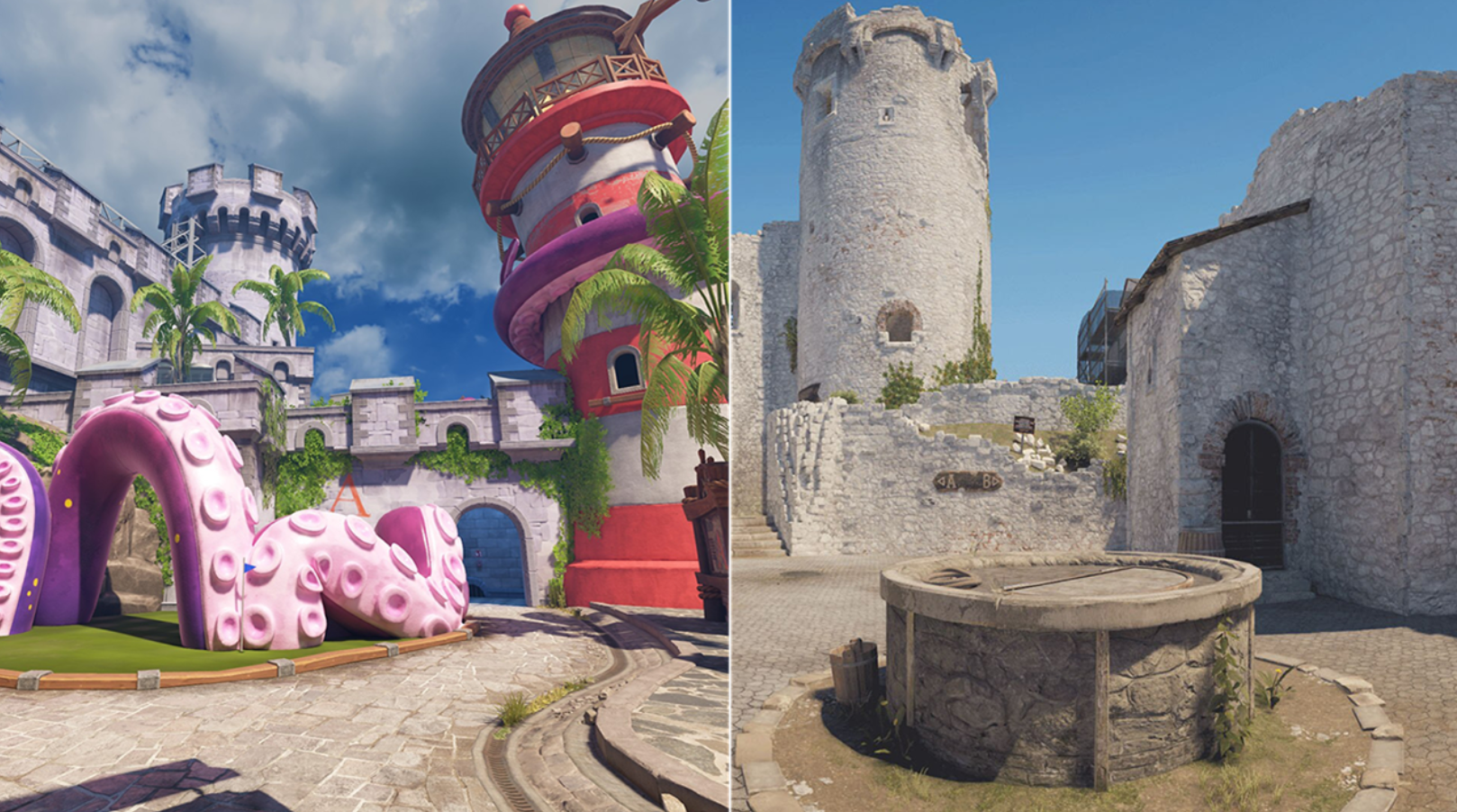

|
Mary S Colbert is a Chief Content Editor at csgobettings.gg, specializing in CS2 with over 8 years of experience as an e-sports analyst. Her informative articles on the game have made her a go-to resource for fans and her expertise is widely respected within the industry.
|



